Full text
PDF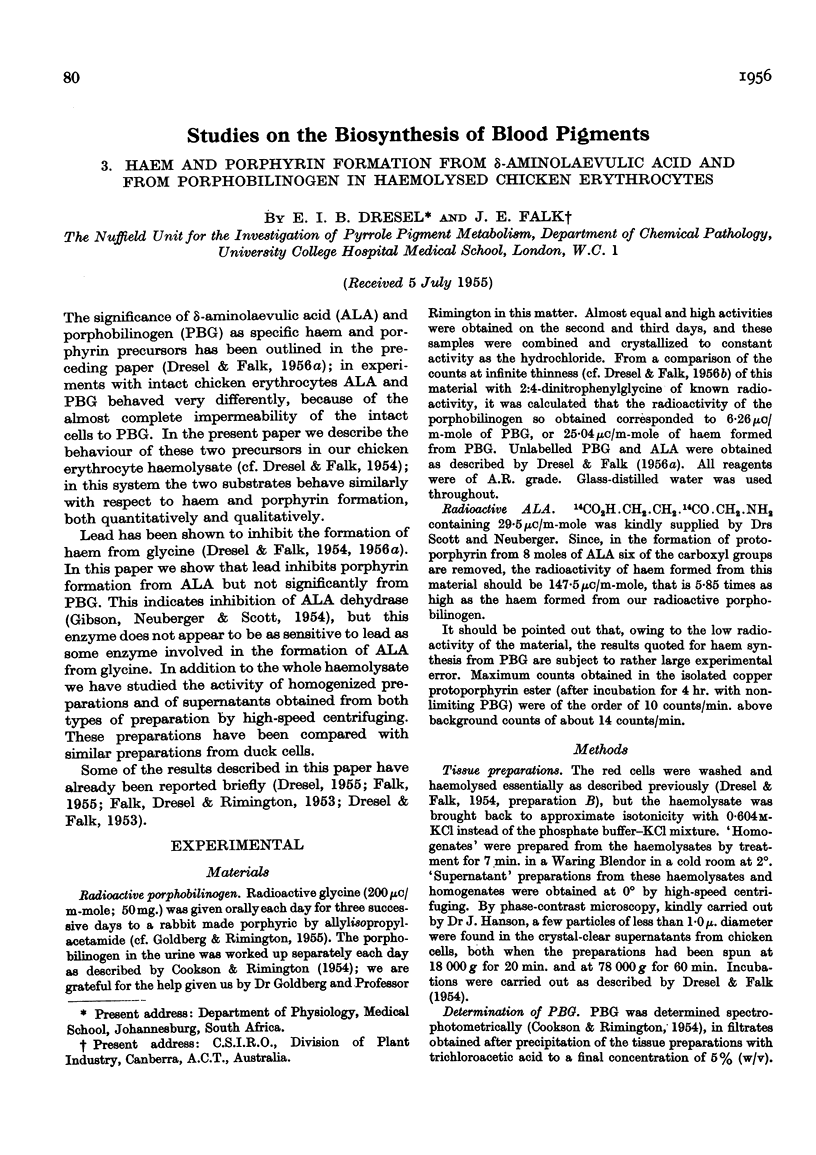
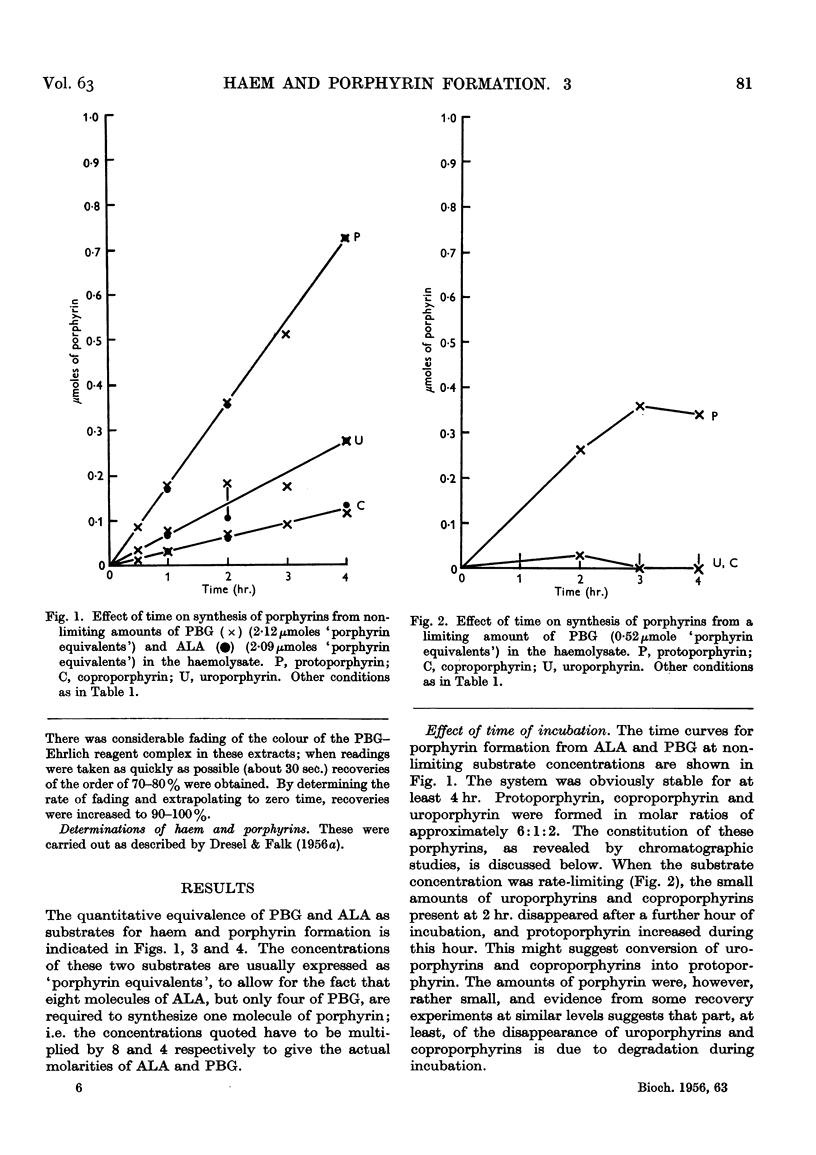
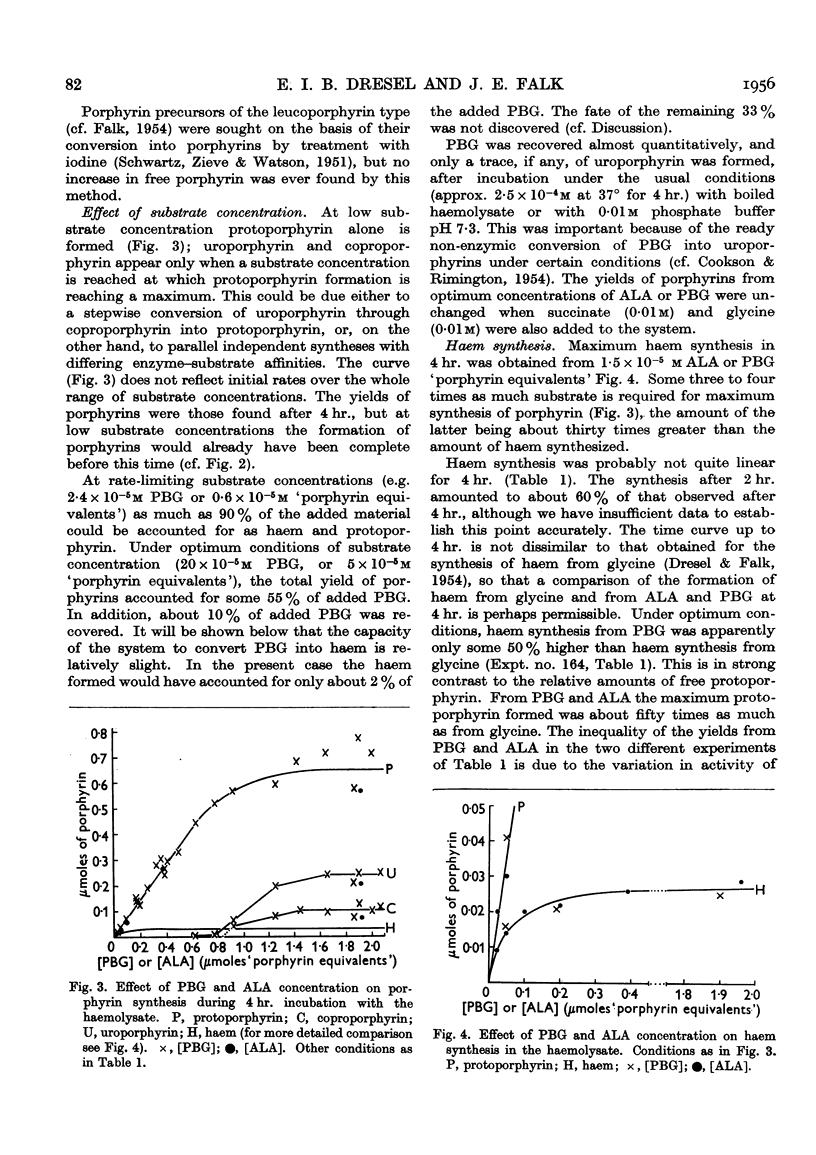
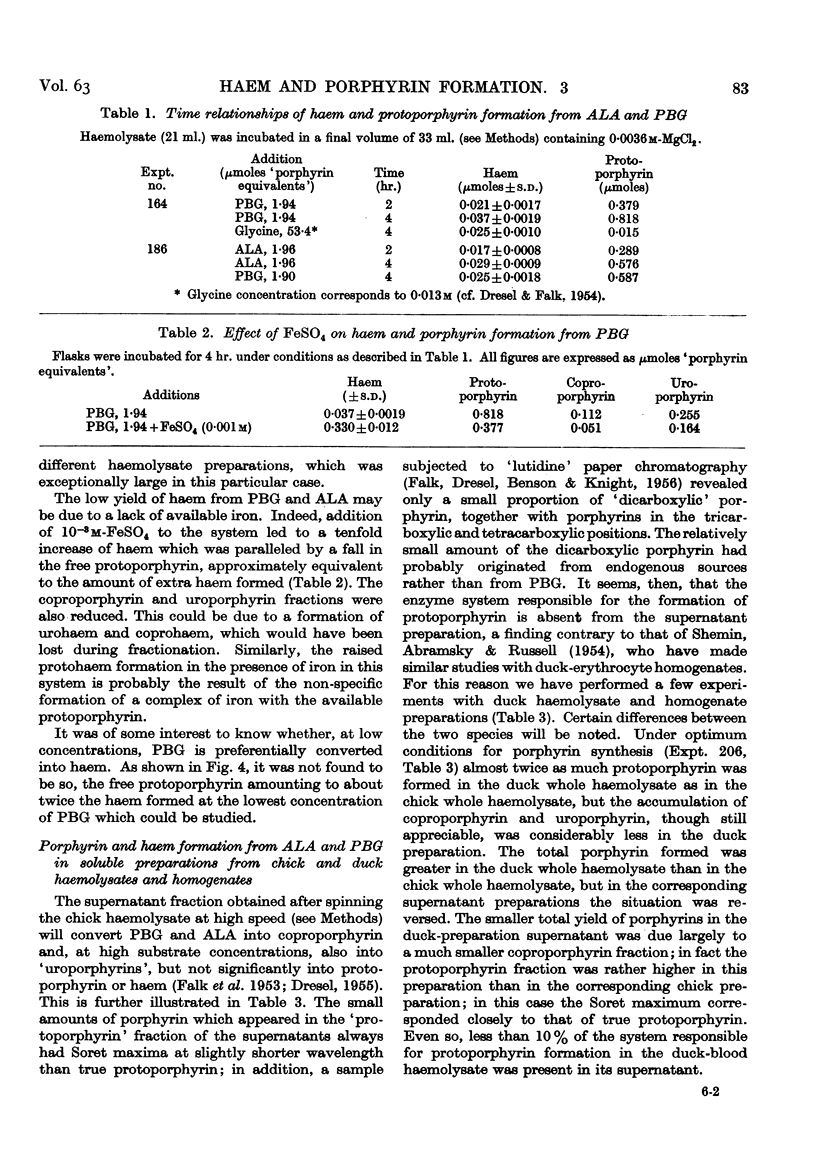
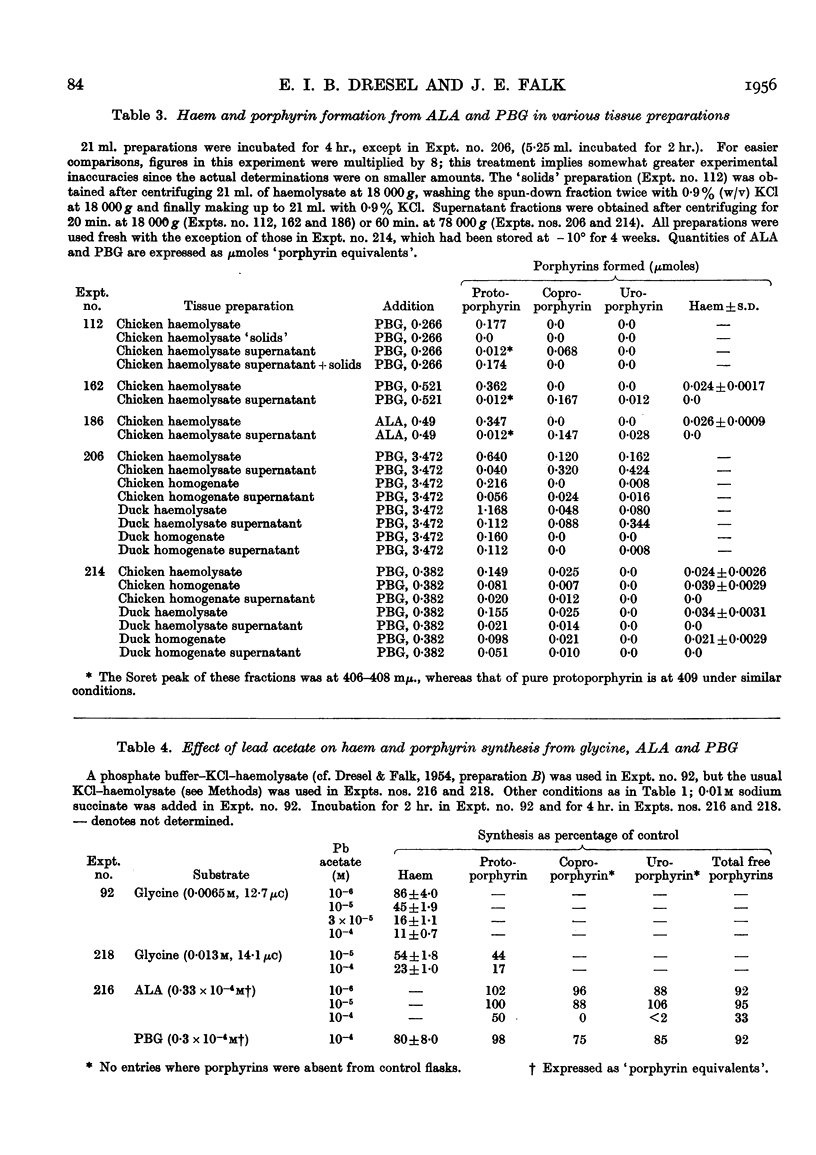
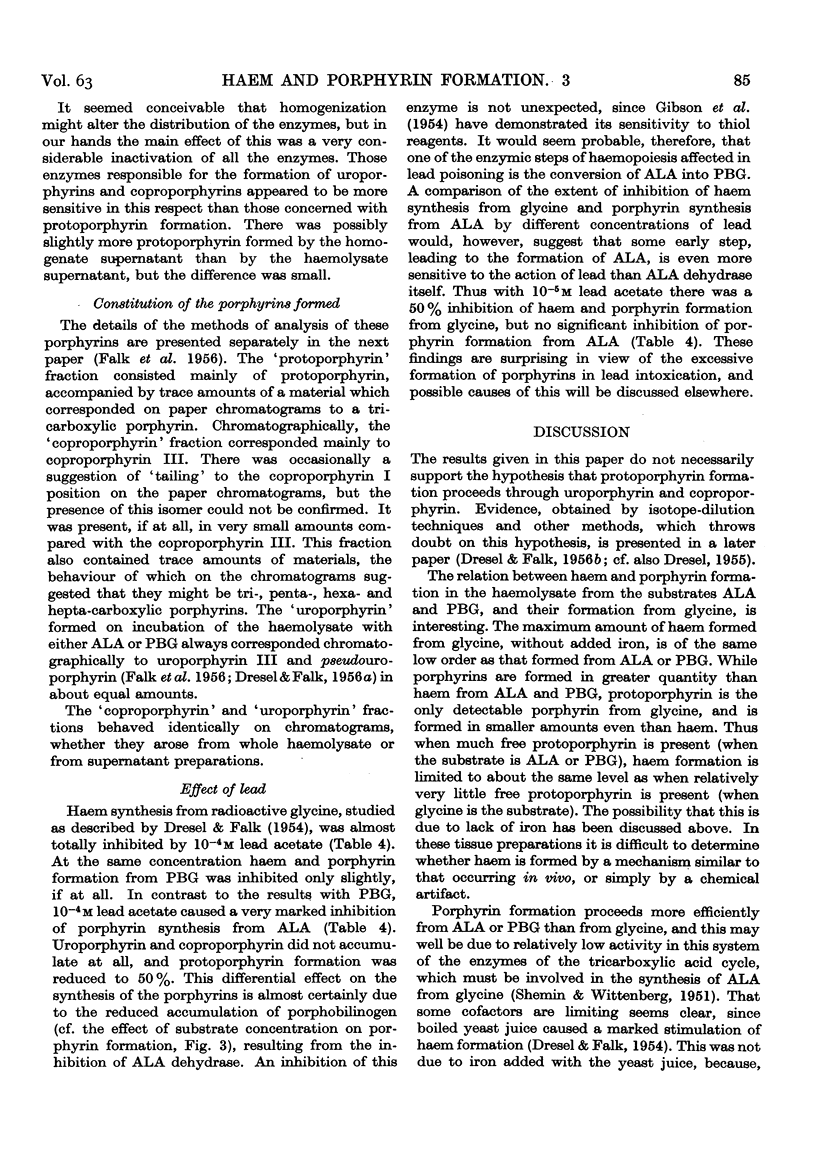
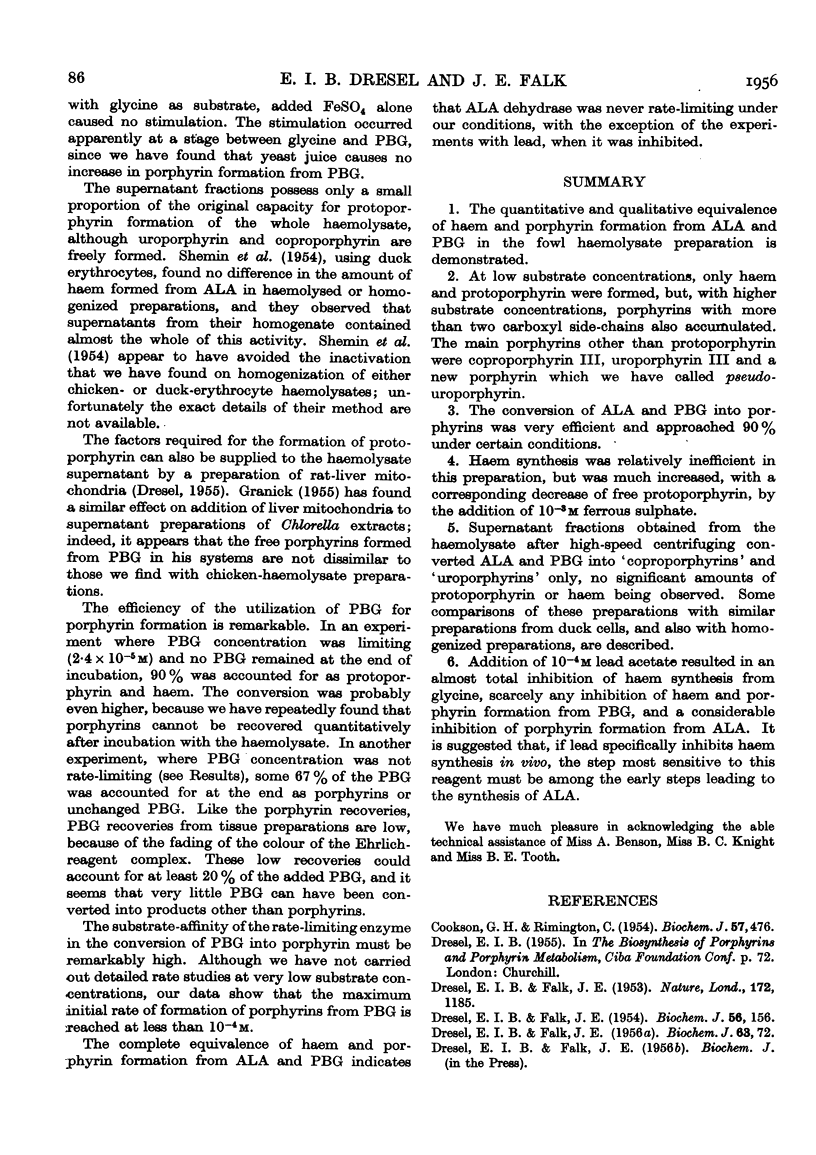
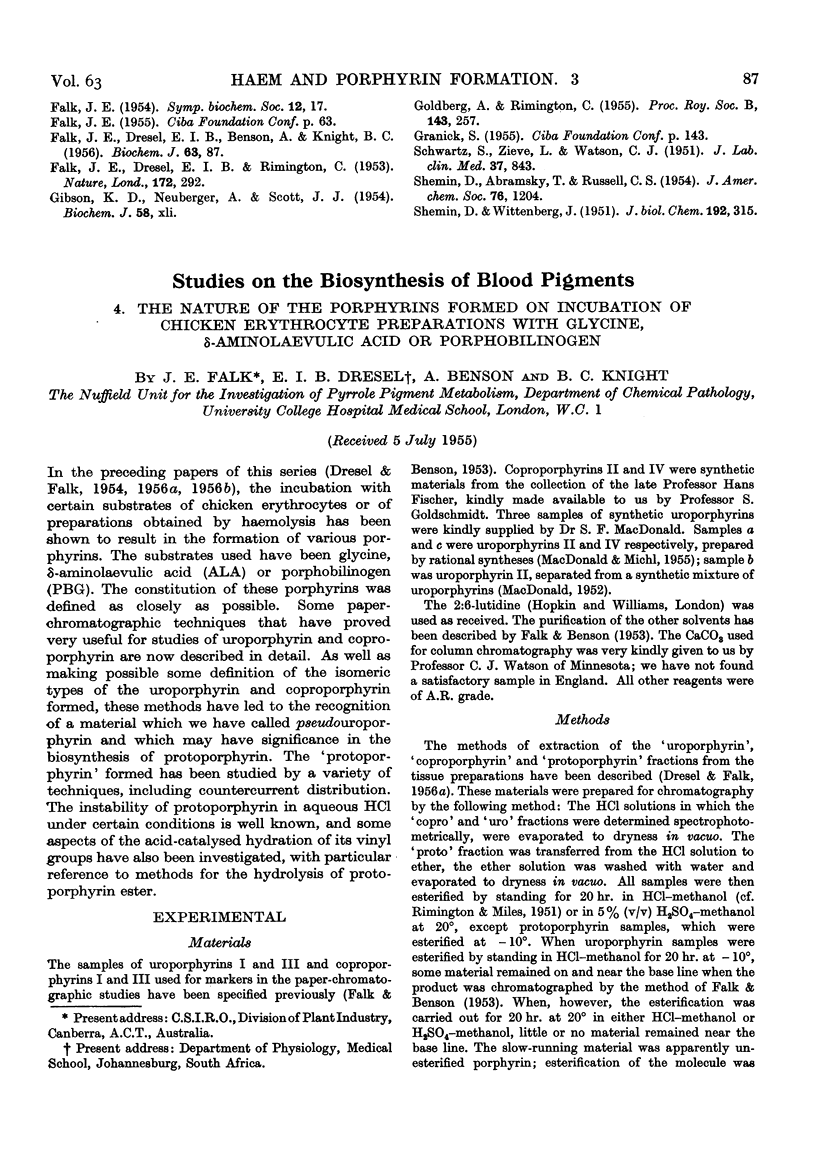
Selected References
These references are in PubMed. This may not be the complete list of references from this article.
- COOKSON G. H., RIMINGTON C. Porphobilinogen. Biochem J. 1954 Jul;57(3):476–484. doi: 10.1042/bj0570476. [DOI] [PMC free article] [PubMed] [Google Scholar]
- DRESEL E. I., FALK J. E. Conversion of alpha-aminolaevulinic acid to porphobilinogen in a tissue system. Nature. 1953 Dec 26;172(4391):1185–1185. doi: 10.1038/1721185a0. [DOI] [PubMed] [Google Scholar]
- DRESEL E. I., FALK J. E. Studies on the biosynthesis of blood pigments. 2. Haem and porphyrin formation in intact chicken erythrocytes. Biochem J. 1956 May;63(1):72–79. doi: 10.1042/bj0630072. [DOI] [PMC free article] [PubMed] [Google Scholar]
- DRESEL E. I., FALK J. E. Studies on the biosynthesis of blood pigments. I. Haem synthesis in haemolysed erythrocytes of chicken blood. Biochem J. 1954 Jan;56(1):156–163. doi: 10.1042/bj0560156. [DOI] [PMC free article] [PubMed] [Google Scholar]
- FALK J. E., DRESEL E. I., BENSON A., KNIGHT B. C. Studies on the biosynthesis of blood pigments. 4. The nature of the porphyrins formed on incubation of chicken erythrocyte preparations with glycine, delta-aminolaevulic acid or porphobilinogen. Biochem J. 1956 May;63(1):87–94. doi: 10.1042/bj0630087. [DOI] [PMC free article] [PubMed] [Google Scholar]
- FALK J. E., DRESEL E. I., RIMINGTON C. Porphobilinogen as a porphyrin precursor, and interconversion of porphyrins, in a tissue system. Nature. 1953 Aug 15;172(4372):292–294. doi: 10.1038/172292a0. [DOI] [PubMed] [Google Scholar]
- GOLDBERG A., RIMINGTON C. Experimentally produced porphyria in animals. Proc R Soc Lond B Biol Sci. 1955 Jan 27;143(911):257–279. doi: 10.1098/rspb.1955.0009. [DOI] [PubMed] [Google Scholar]
- SCHWARTZ S., ZIEVE L., WATSON C. J. An improved method for the determination of urinary coproporphyrin and an evaluation of factors influencing the analysis. J Lab Clin Med. 1951 Jun;37(6):843–859. [PubMed] [Google Scholar]
- SHEMIN D., WITTENBERG J. The mechanism of porphyrin formation; the role of the tricarboxylic acid cycle. J Biol Chem. 1951 Sep;192(1):315–334. [PubMed] [Google Scholar]


